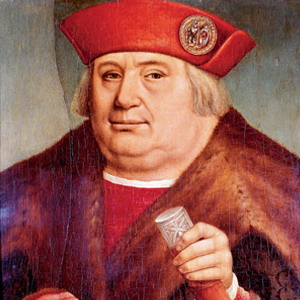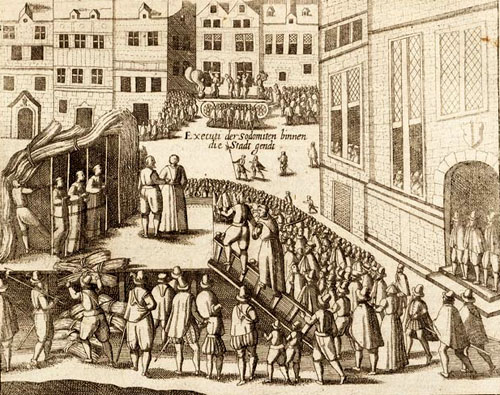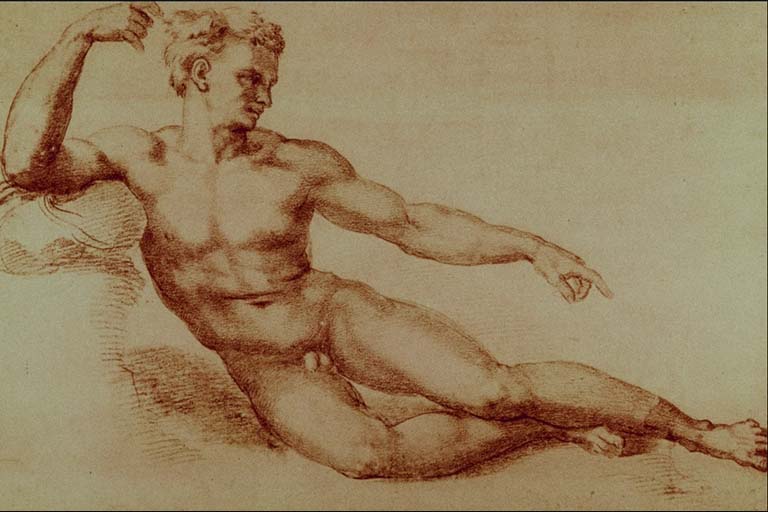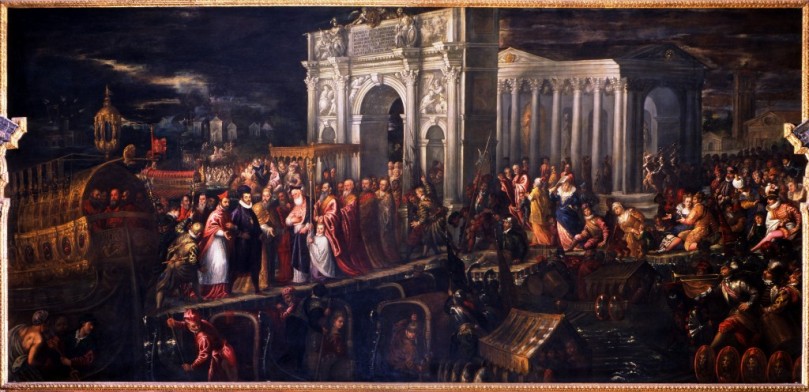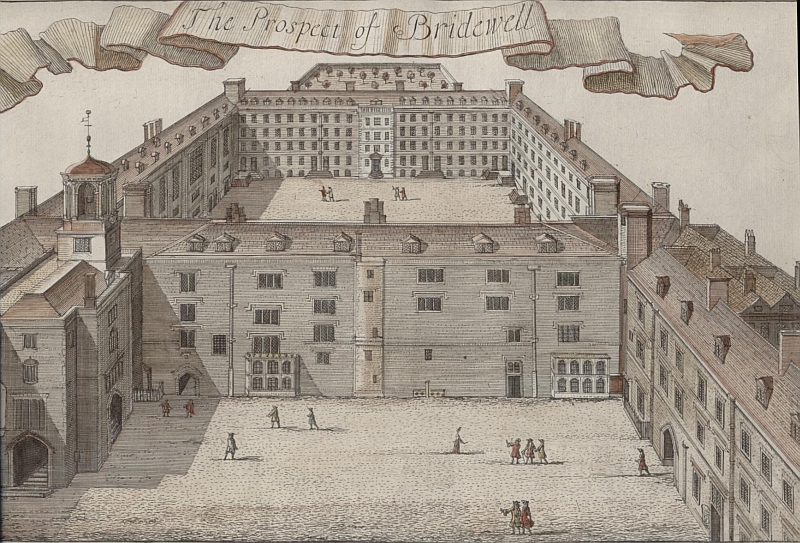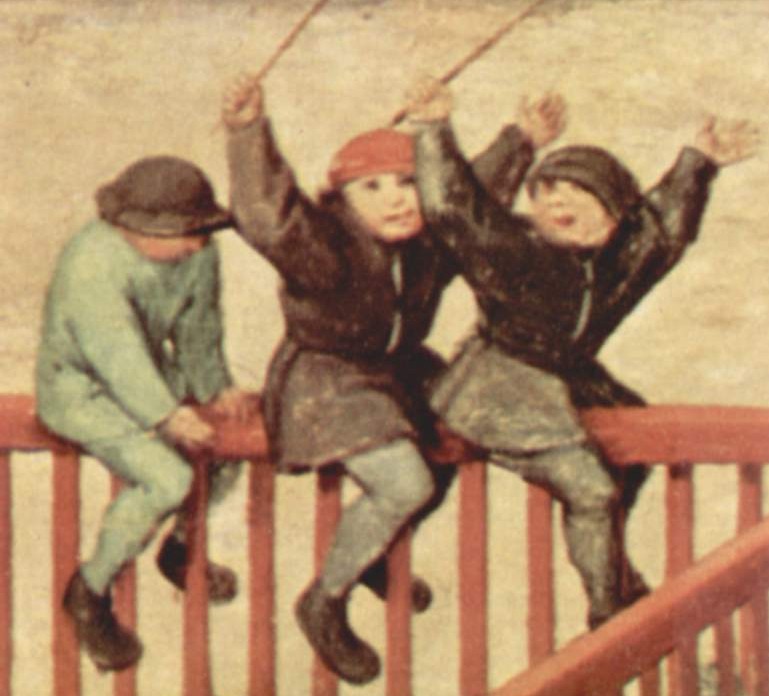Come on, admit it. You've been waiting for the post about 16th century porn, haven't you? Well, my friend, your wait is now over.
It all started in 1521 with the death of Pope Leo X and the elaborate process of electing his successor. People of influence set to work pushing their own favorite candidates, and satirists had a field day with the corrupt nature of the process - and of the candidates. One such satirist, Pietro Aretino, wrote charming verses like:
If Filisco [becomes] Pope, he'll go for a whole year without suing anyone.
[If] Mantua's Pope, he'll try to avoid [touching] small boys.
Ponzetta will spend all the money in lavish parties,
And Grassi will have to desert his [illicit] wife, poor dear.
Valle will have to give up his brats, Cesarini his whores,
And Trani [will give up] his poor ma, who loves him so.
And Aretino would sign them with his real name, too, because what could possibly go wrong?
 |
| Portrait of Aretino by Titian |
But when the lucky winner of the papacy contest turned out to be Adrian VI, who had a reputation for extreme sternness, Aretino prudently decided to leave Rome and go live in the countryside for awhile. Adrian died a year later, and apparently Aretino, thinking the coast was clear, returned to Rome and to his old tricks of publicly mocking the rich and powerful. Probably to his delight, he managed to deeply offend Giovanmatteo Gilberti, a high official of Clement VII, the next Pope after Adrian. Gilberti threatened that if Aretino didn't stop his hijinks, Gilberti would "find a way to cut his tongue from his loud mouth." Naturally, this only encouraged Aretino to take it to the next level.
That same summer, an opportunity fell into his lap. An artist named Giulio Romano, during his breaks from painting saints in the Vatican, dashed off sixteen very explicit sketches of people having sex.
Marcantonio Raimondi of Bologna came across the sketches and made Romano a business proposition: Raimondi would make copper engravings of Romano's drawings, print and sell a few hundred copies, and split the profits with Romano. This plan worked out great for both of them until Raimondi got a little too careless about keeping their enterprise semi-private, and he ended up arrested and imprisoned. But wouldn't you know it? Raimondi happened to be friends with Bad Boy Aretino, who had a lot of important connections (high-ranking people often figured it was safer to be his friend than his enemy) and managed to get Raimondi released. The grateful Raimondi then showed Aretino the engravings, thus providing him with just the kind of inspiration Aretino was seeking.
I was inspired by the same spirit that had caused Romano to paint them...
and I amused myself by writing sixteen [corresponding] sonnets. I
dedicate these to all hypocrites, for I am all out of patience with their
scurvy strictures and their villainous judgment and that dirty custom
that forbids the eyes to see what most delights them. What harm is
there to see a man possess a woman? Are the beasts freer than we?
Aretino's sonnets - which he called his Sonetti Lussuriosi (Lust Songs), were written in the form of extremely graphic dialogues between a prostitute and her client. Then, worried that he had perhaps not been offensive enough, Aretino thoughtfully assigned the names of political figures (including, of course, Gilberti) to some of the men, and of notable women to some of the prostitutes. With the publication of this illustrated work, Aretino achieved the distinction of being called the father of "literate pornography" in Europe.
A copy of the engravings with their attached sonnets somehow found its way into Gilberti's hands (imagine that!) and he ordered Aretino's arrest, but once again Aretino had slipped away. He next turned up in Mantua, from whence he continued to write and publish scandalous works about Gilberti, who could not retaliate directly because evidently Mantua was outside of his jurisdiction. But one day in July of 1525, in the early morning hours as Aretino was riding home from a night of drinking and partying, a masked man on foot approached, seized the horse's reins, and stabbed Aretino twice in the chest with a dagger. Aretino was not expected to survive this assault - but he did, and made a full recovery, which allowed him to continue with his career as a professional troublemaker.
In 1527 Aretino settled permanently in Venice - the "seat of all vices," as he gleefully boasted - and developed a new side-career as a blackmailer. He was well known as a gay man (no sham marriages for him), and sometimes closeted gay men visiting Venice would seek him out as a guide to the underside of the city. Aretino would happily oblige, and then threaten to expose his clients' secrets if they didn't pay up. For Aretino, it was an easy way to supplement his income. He himself lived without fear of prosecution: everyone had secrets, and he made it his business to know them all. It was quite obvious that he would be more than happy to ruin the career of anyone who tried to mess with him, and as a result, after Gilberti, no one ever did.
But Aretino also wrote things that were maybe R-rated, or maybe occasionally even PG: six plays (five comedies and one drama), six published volumes of letters, and many vicious satirical attacks on powerful people he didn't like. He also wrote books:
Ragionamenti ("Discussions") (1534-36), written in the form of a dialogue between an older and a younger prostitute, and
I Dialoghi ("Dialogues"), another very frank conversation between two prostitutes about the three roles available to women - wife, whore and nun - and the pluses and minuses of each.
Aretino lived exactly the way he wanted to live into his mid-sixties, utterly unrepentant, and is said to have died of suffocation from laughing too much. Here he is in his later life - rich, famous, and wearing a ginormous gold chain given to him by a king:









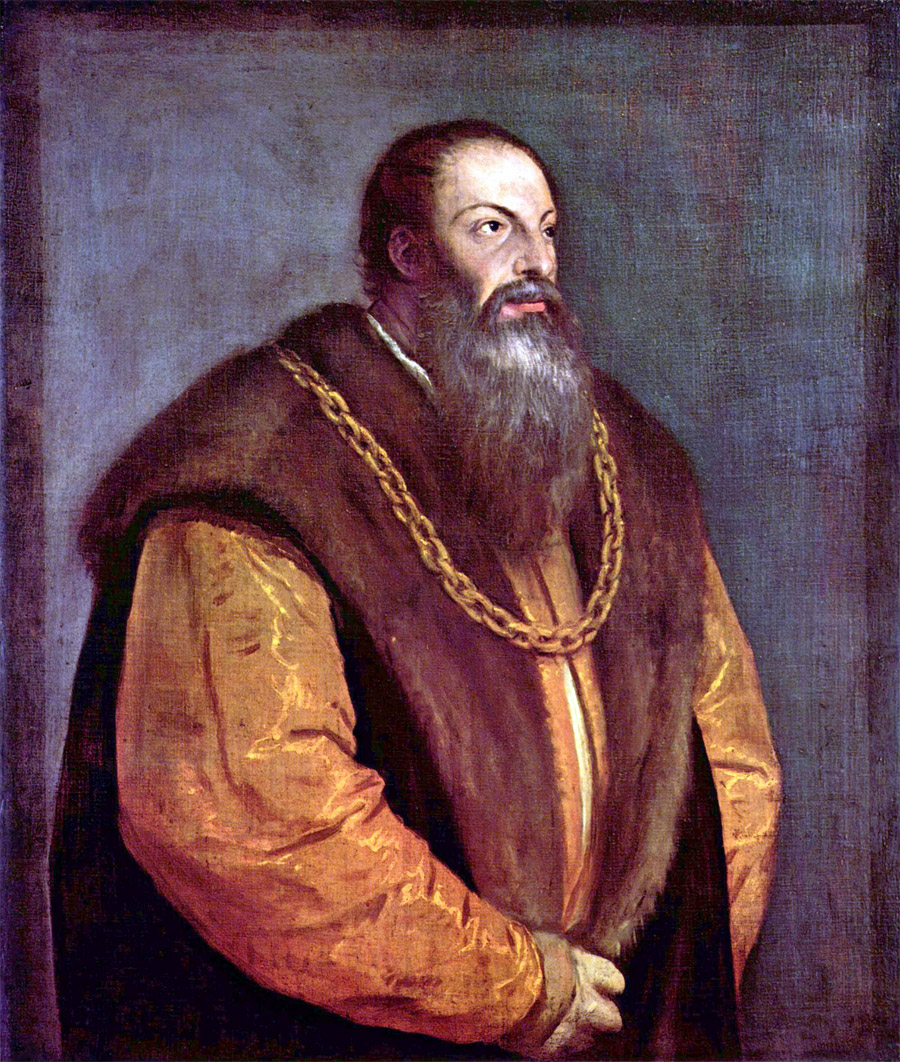


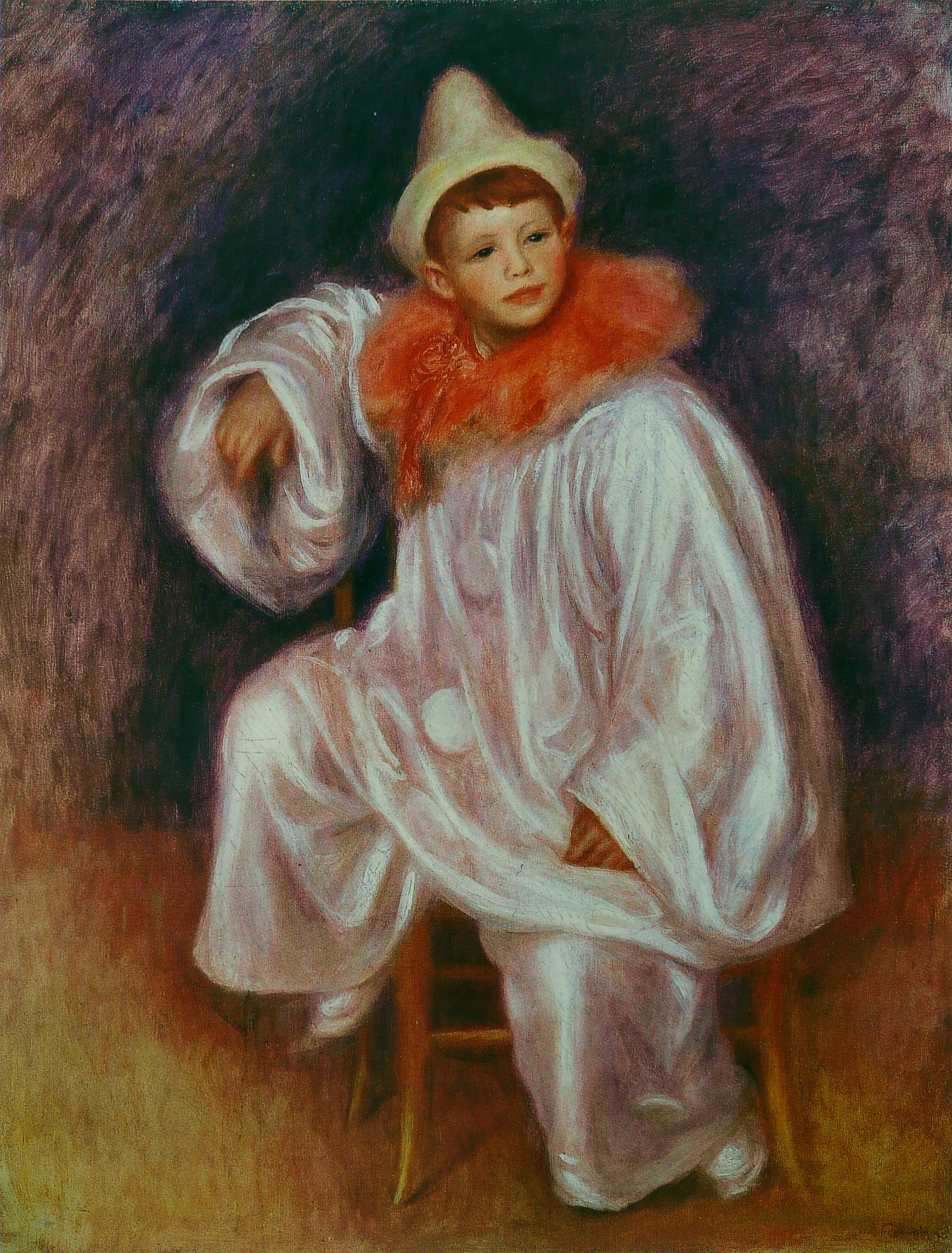



.jpg)


